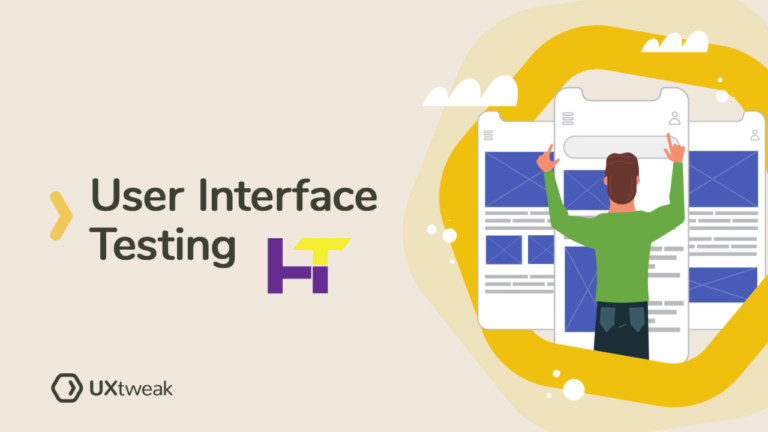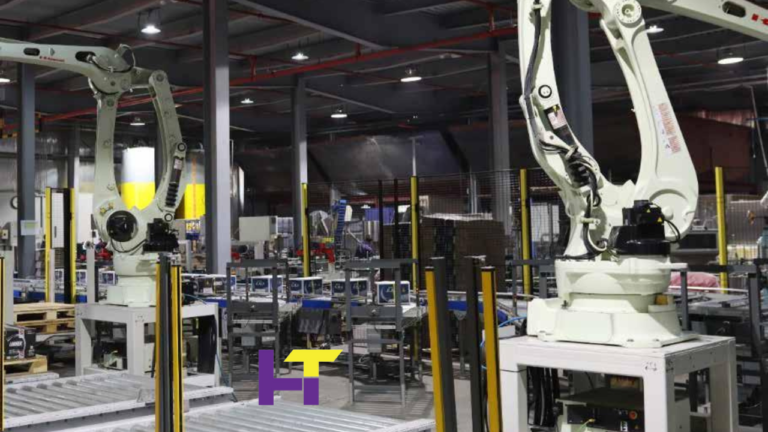How Pilates Studio Management Software Can Improve Instructor Productivity?

Pilates is a popular form of exercise that focuses on strength, flexibility, and overall body awareness. As the demand for Pilates classes continues to grow, studio owners are constantly looking for ways to streamline their operations and improve the efficiency of their instructors. One of the most effective tools for achieving this is Pilates studio management software. In this article, we will explore how the use of such software can significantly enhance instructor productivity in a Pilates studio setting.
1. Streamlining Administrative Tasks
One of the primary ways in which Pilates studio management software can improve instructor productivity is by streamlining administrative tasks. This type of software typically includes features such as online booking, class scheduling, client management, and payment processing. By automating these tasks, instructors can spend less time on paperwork and more time focusing on teaching and interacting with clients.
2. Efficient Class Management
Another key benefit of using Pilates studio management software is efficient class management. Instructors can easily view their upcoming schedule, track attendance, and monitor client progress all within the software platform. This not only saves time but also enables instructors to better plan their classes and tailor their instruction to meet the needs of individual clients.
3. Client Engagement and Retention
Effective client engagement is essential for the success of a Pilates studio, and management software can play a crucial role in this area. By using the software to track client progress, communicate with clients, and provide personalized feedback, instructors can build stronger relationships with their clients and increase client retention rates. This, in turn, can lead to a more stable client base and a more consistent income stream for the studio.
4. Performance Tracking and Reporting
Performance tracking and reporting are vital for measuring the success of both instructors and the studio as a whole. Pilates studio management software allows instructors to track key performance metrics, such as class attendance, client satisfaction, and revenue generated. By having access to this data, instructors can identify areas for improvement, set goals for themselves, and track their progress over time.
5. Integration with Wearable Devices
With the advancement of technology, many Pilates studio management software now offer integration with wearable devices. This means that instructors can track their clients’ progress both inside and outside of the studio. By collecting data on clients’ activity levels, sleep patterns, and heart rates, instructors can gain valuable insights into their clients’ overall health and well-being. This information can then be used to tailor workouts and provide more personalized instruction.
6. Time Management and Work-Life Balance
Lastly, Pilates studio management software can help instructors better manage their time and achieve a healthier work-life balance. By automating administrative tasks, providing performance insights, and facilitating client communication, the software allows instructors to work more efficiently and effectively. This, in turn, can reduce stress and prevent burnout, ultimately leading to happier and more productive instructors.
Conclusion
In conclusion, Pilates studio management software can have a profound impact on instructor productivity by streamlining administrative tasks, improving class management, enhancing client engagement and retention, enabling performance tracking and reporting, integrating with wearable devices, and promoting better time management and work-life balance. By leveraging the power of technology, Pilates instructors can enhance their teaching capabilities, build stronger relationships with their clients, and ultimately, achieve greater success in their careers.
Read more: Guardians of Efficiency: Exploring Employee Monitoring Software and DLP Tools






